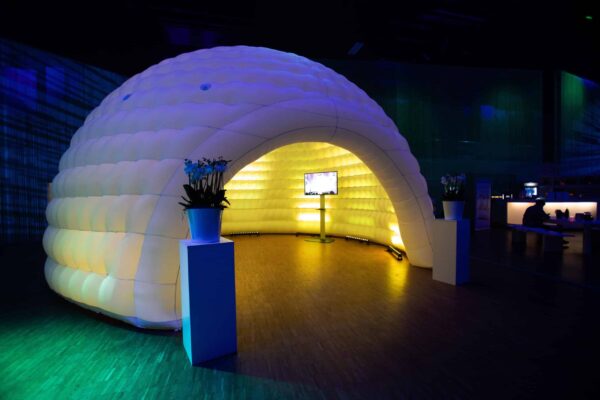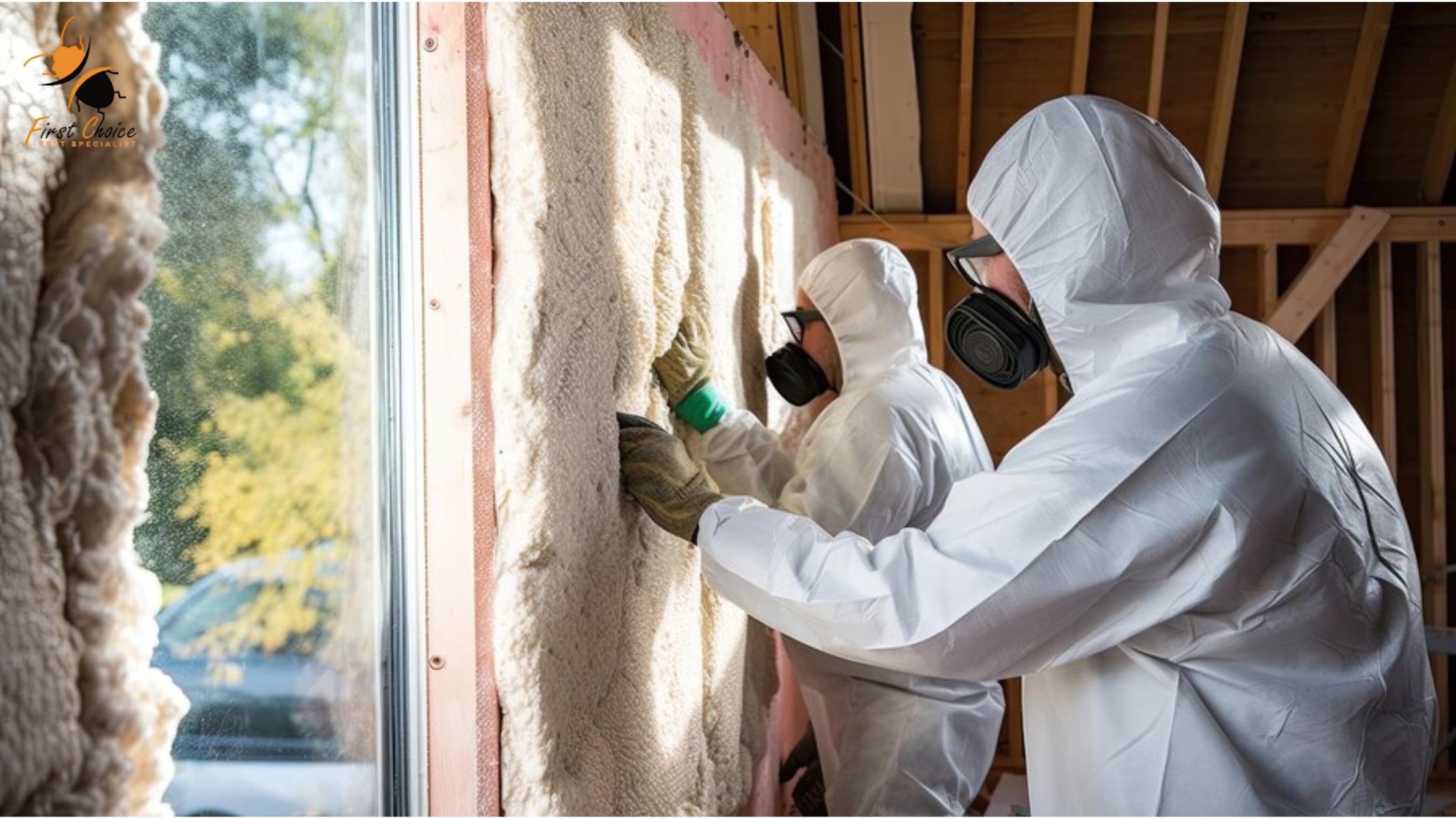What Design Considerations Are Important in Inflatable Dome Construction?

Inflatable dome construction is a fascinating and innovative architectural approach that has gained popularity in recent years. These structures are not only aesthetically pleasing but also offer a range of practical advantages, such as portability, energy efficiency, and flexibility in design. However, the successful construction of an inflatable dome requires careful consideration of various design factors. In this article, we will explore the key design considerations that are crucial when embarking on an inflatable dome construction project.
Structural Integrity and Material Selection
The structural integrity of an inflatable dome is paramount. To ensure its stability and durability, it’s essential to select high-quality materials. Generally, inflatable domes are made from strong, lightweight materials like PVC-coated polyester fabric or similar materials. The choice of material affects the dome’s resistance to environmental factors, such as wind, rain, and UV radiation. Moreover, the material’s tensile strength and flexibility are critical for maintaining the dome’s shape and strength.
Inflatable dome designers must also consider the seam construction and reinforcement techniques to ensure airtightness and structural stability. Adequate reinforcement at stress pointshttps://orphanspeople.com/, such as the base and tension rings, is vital. These considerations are essential for the long-term performance of the dome.
Design Flexibility
One of the primary advantages of inflatable dome construction is its design flexibility. These structures can take on various shapes and sizes, which makes them suitable for a wide range of applications. Designers should consider the intended use of the dome and adapt the design accordingly. Whether it’s for an event space, sports facility, greenhouse, or an artistic installation, the design should meet the specific needs of the project.
Design flexibility also extends to aesthetic choices. The exterior and interior designs can be customized to match the desired style and purpose of the structure. Designers can incorporate windows, entrances, and even branding elements, allowing for a unique and visually appealing result.
Environmental Considerations
Inflatable dome construction has gained attention as an environmentally friendly building approach. These structures can be energy-efficient and sustainable, especially when used for applications like greenhouses or temporary event spaces. Designers should consider various environmental factors:
Insulation: To maintain a stable interior temperature, proper insulation is essential. Some inflatable domes can benefit from double-layer membranes filled with insulation materials to reduce energy consumption for heating and cooling.
Natural Light: The design should maximize the use of natural light to reduce the need for artificial lighting. Skylights and translucent materials can be incorporated into the design to achieve this.
Ventilation: Adequate ventilation is crucial, particularly in applications like greenhouses. The design should allow for proper air circulation to regulate temperature and humidity.
Solar Panels: In some cases, integrating solar panels into the dome’s design can make it more sustainable. This provides an opportunity to generate renewable energy.
Wind and Snow Load Considerations
Inflatable domes, like any other structure, need to withstand various environmental forces. Wind and snow loads are particularly important considerations. The design should account for the prevailing wind conditions in the area where the dome will be installed.
In regions with heavy snowfall, the dome’s design must incorporate measures to prevent excessive snow accumulation. Sloped surfaces and structural reinforcements can help distribute the load and prevent damage to the structure.
Foundation and Anchoring
A secure foundation and anchoring system are critical for the stability of inflatable domes. The type of foundation used depends on the site and intended purpose of the dome. Common options include concrete slabs, screw piles, and ballast systems. The foundation should be capable of supporting the dome’s weight and preventing any shifting or tilting.
Anchoring methods vary, but they often involve tensioning systems, such as ground anchors or cables. The anchoring system must be robust enough to secure the dome against wind forces and ensure it remains in place throughout its intended use.
Access and Egress
When designing an inflatable dome, it’s crucial to consider how people will enter and exit the structure. This is particularly important for domes used as event spaces or sports facilities. The design should include clear access points, such as doors or airlocks, that provide easy entry and egress without compromising the dome’s airtightness.
Additionally, considering the dome’s use, designers should ensure that the layout inside the dome allows for safe and efficient movement of people, equipment, and any necessary amenities.
Maintenance and Repairs
Inflatable domes, like all structures, require maintenance to ensure their longevity. The design should take into account the ease of access for maintenance and repairs. This includes features such as access panels and removable sections for inspections and maintenance tasks.
Moreover, a well-thought-out design can facilitate the replacement of damaged or worn components, which is essential for the structure’s ongoing performance. Designers should consider the availability and ease of sourcing replacement parts.
Regulations and Permits
Compliance with local building codes and regulations is a fundamental consideration in inflatable dome construction. Designers should be well-versed in the relevant building codes and zoning regulations for the area where the dome will be erected. This includes considerations for fire safety, structural integrity, occupancy limits, and more.
Engaging with local authorities and obtaining the necessary permits is a crucial part of the design process. Failure to comply with regulations can lead to delays and potential legal issues.
Conclusion
In conclusion, the world of inflatable architecture materials is a realm of boundless creativity and innovation. The design considerations in inflatable dome construction are pivotal, with a strong emphasis on structural integrity, material selection, flexibility, and environmental consciousness. These factors come together to shape structures that are not only visually stunning but also sustainable and versatile. With the right approach to wind and snow load considerations, foundation anchoring, and a focus on access and egress, inflatable domes can flourish in various applications. Compliance with regulations ensures safety and longevity. Thus, inflatable architecture materials pave the way for a dynamic and eco-conscious future in construction.



